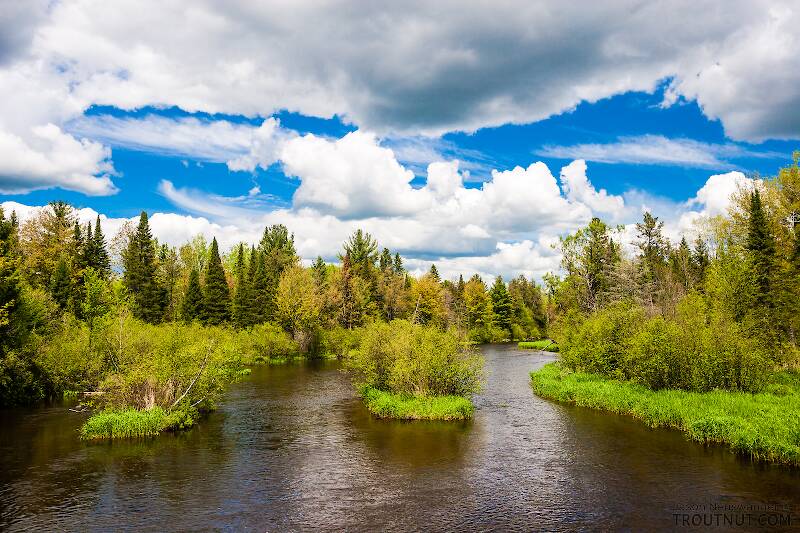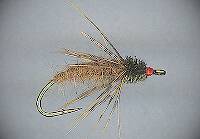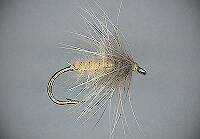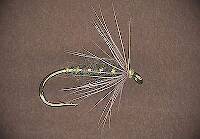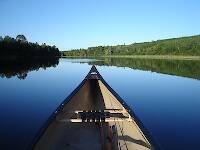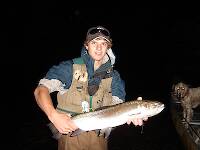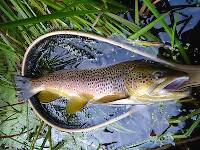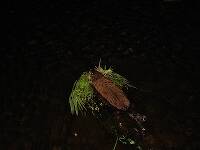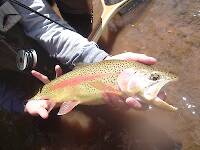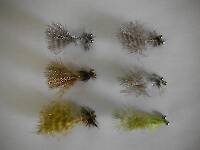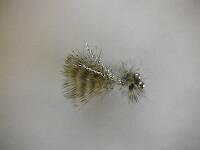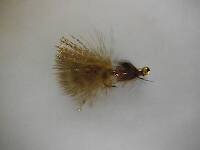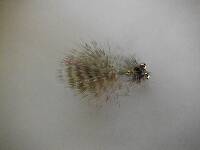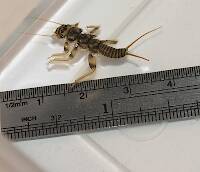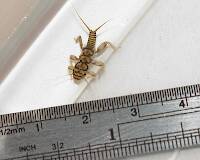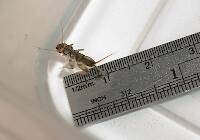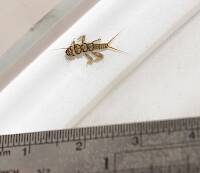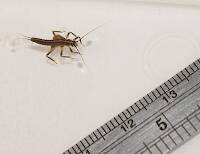
Hex Mayflies
Hexagenia limbata
The famous nocturnal Hex hatch of the Midwest (and a few other lucky locations) stirs to the surface mythically large brown trout that only touch streamers for the rest of the year.
Featured on the forum

Nymphs of this species were fairly common in late-winter kick net samples from the upper Yakima River. Although I could not find a key to species of Zapada nymphs, a revision of the Nemouridae family by Baumann (1975) includes the following helpful sentence: "2 cervical gills on each side of midline, 1 arising inside and 1 outside of lateral cervical sclerites, usually single and elongate, sometimes constricted but with 3 or 4 branches arising beyond gill base in Zapada cinctipes." This specimen clearly has the branches and is within the range of that species.

Troutnut is a project started in 2003 by salmonid ecologist Jason "Troutnut" Neuswanger to help anglers and
fly tyers unabashedly embrace the entomological side of the sport. Learn more about Troutnut or
support the project for an enhanced experience here.
Sundula on Sep 14, 2006September 14th, 2006, 4:51 pm EDT
-Jason I was wandering what lense you you use with your EOS 20D for those exteme close ups. I shoot with a Rebel XT with a 100mm f/2.8 macro, I was just wondering, if I was to guess I would guess the MP-E 65mm f/2.8 macro.
Troutnut on Sep 14, 2006September 14th, 2006, 5:19 pm EDT
I use both the lenses you listed, to give me continuous zoom from 5X out to infinity. It's the perfect combo. I also use the MT-24EX macro flash with polarizing film over the flash heads and a polarizing filter on the lens to get rid of the glare from the flash. And of course a tripod is necessary.
I've got an article in the works about my equipment setup, but it's been delayed a while since I have several more urgent things to work on.
I've got an article in the works about my equipment setup, but it's been delayed a while since I have several more urgent things to work on.
Jason Neuswanger, Ph.D.
Troutnut and salmonid ecologist
Troutnut and salmonid ecologist
Quick Reply
Related Discussions
Topic
Replies
Last Reply
9
Feb 13, 2008
by Wiflyfisher
by Wiflyfisher
Re: I got the scope Jason recommended and here are some pics through it!
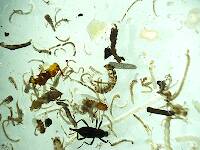
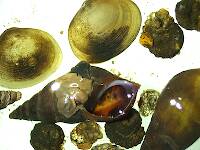
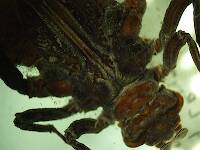
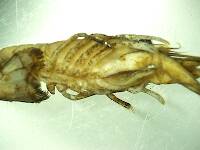
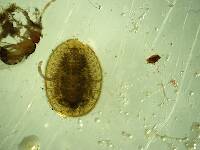
In the Photography Board by Jmd123





In the Photography Board by Jmd123
5
Dec 1, 2020
by Creno
by Creno
4
Mar 16, 2010
by Wiflyfisher
by Wiflyfisher

